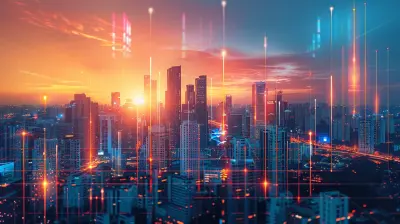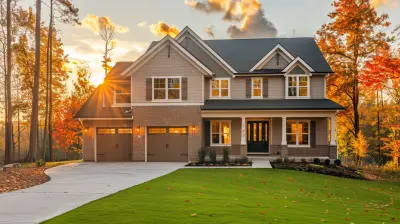The Intersection of Smart Technology and Green Living
17 October 2025
In today's fast-paced world, two revolutionary trends are shaping the way we live—smart technology and green living. But what happens when these two powerful forces join hands? The result is a sustainable, energy-efficient, and incredibly convenient lifestyle that not only benefits us but also helps the planet thrive.
As homeowners and real estate investors begin to embrace this exciting intersection, the way we build, design, and live in homes is transforming before our eyes. But what does this mean for you? And how can you incorporate smart, eco-friendly solutions into your daily life? Let’s dive in!
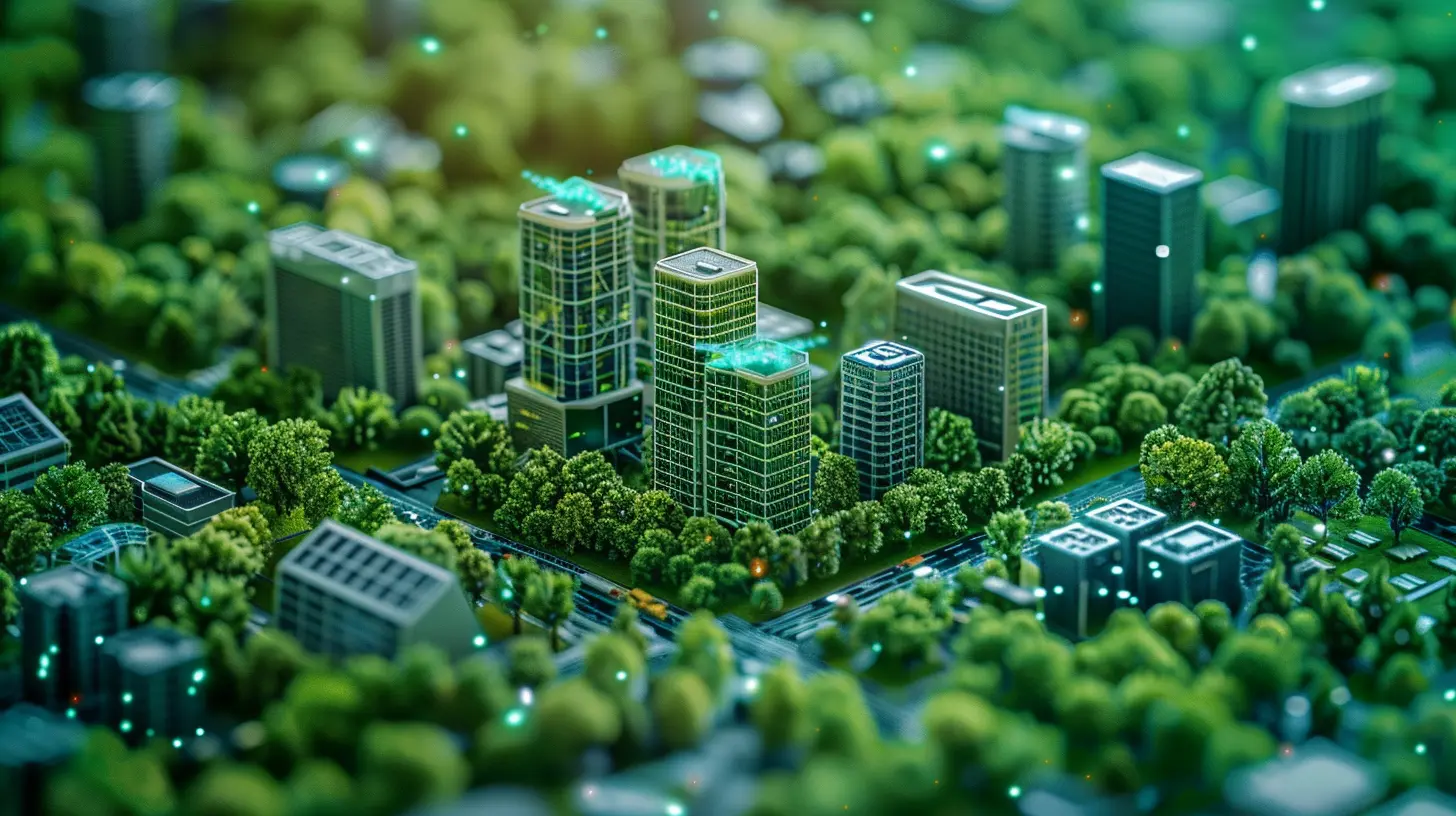
What Is Smart Technology in Homes?
Smart technology refers to devices, systems, and appliances that use automation, artificial intelligence (AI), and Internet of Things (IoT) connectivity to make life easier. These gadgets learn from our behaviors, anticipate our needs, and optimize energy use to create a seamless experience.From smart thermostats to voice-controlled lighting, technology is making it effortless to live efficiently. And the best part? It’s not just about convenience—it’s about conserving resources, too.

What Does Green Living Really Mean?
Green living is all about making conscious choices to reduce our carbon footprint. It includes using renewable energy, reducing waste, and adopting eco-friendly habits that promote sustainability.This lifestyle isn’t just about turning off lights when you leave the room—it’s about integrating environmentally responsible solutions into every part of your home. And guess what? Smart technology is making green living easier and more accessible than ever before!
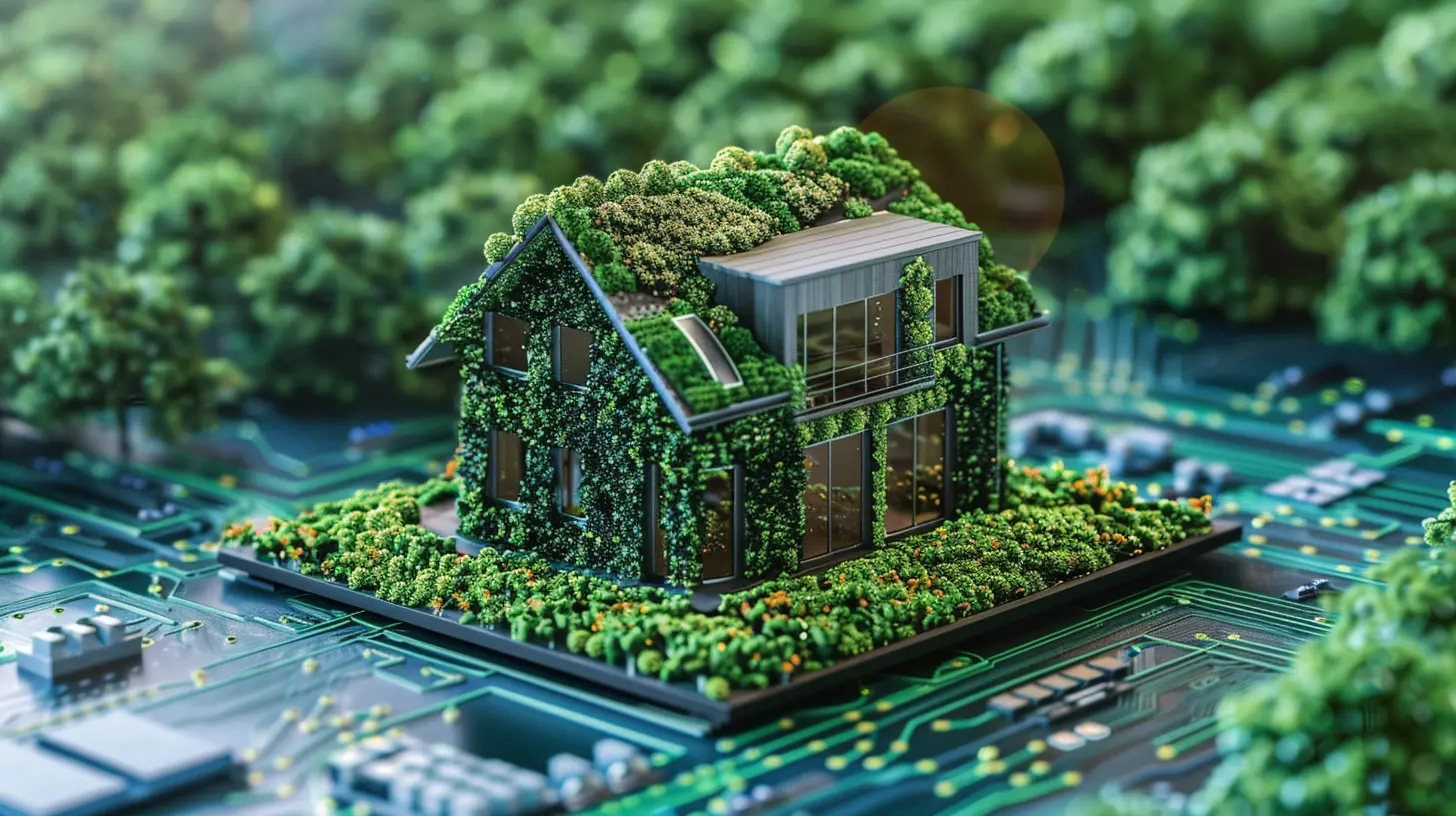
How Smart Technology Enhances Green Living
By now, you might be wondering—how exactly do smart solutions support sustainable living? Let’s break it down!1. Energy Efficiency Like Never Before
Imagine never having to worry about leaving the lights on again. Smart home automation systems, such as motion-sensing lights and AI-powered thermostats, ensure that energy is only used when needed.Thermostats like Google Nest or Ecobee learn your routine, adjusting temperatures to save energy without compromising comfort. Some homeowners report saving up to 20% on their utility bills simply by switching to a smart thermostat. Now, that’s smart spending!
2. Smart Lighting That Works With You
Traditional lighting consumes a lot of energy, even when not in use. Smart LED bulbs, like Philips Hue, allow you to control your lighting remotely and automatically adjust based on natural daylight.Picture this: You leave for work in a rush and forget to turn off the lights. Instead of wasting energy, your smart home detects inactivity and switches them off for you. That’s how tech meets sustainability!
3. Water Conservation Made Simple
Water scarcity is becoming a growing concern, but smart homes are here to help. Smart irrigation systems, such as Rachio Smart Sprinkler, use weather data to optimize watering schedules, ensuring your lawn stays green without wasting water.And let’s talk about smart faucets and leak detectors—these can prevent thousands of gallons of water from going to waste each year, all while reducing your water bill. A win-win, right?
4. Solar Energy and Smart Grids
Solar panels alone are a great way to harness renewable energy, but when combined with smart grids, their efficiency skyrockets.Smart energy management systems allow homeowners to store excess solar energy for later use, reducing dependency on traditional power grids. In some cases, homeowners even sell surplus energy back to utility companies!
5. Eco-Friendly Smart Appliances
From refrigerators to washing machines, modern appliances are designed with energy efficiency in mind. Smart refrigerators adjust cooling settings based on usage, while smart washing machines optimize water levels and detergent use.Ever left the oven on by accident? Smart ovens will send you an alert so you can turn them off remotely, saving energy and preventing kitchen mishaps!
6. Electric Vehicles (EVs) and Smart Charging Stations
As electric vehicles become the norm, smart charging stations are revolutionizing home energy management. These stations optimize charging times based on energy demand, ensuring you power up your car without overloading your home’s energy usage.Some smart chargers can even integrate with solar panels, allowing your EV to run purely on renewable energy!
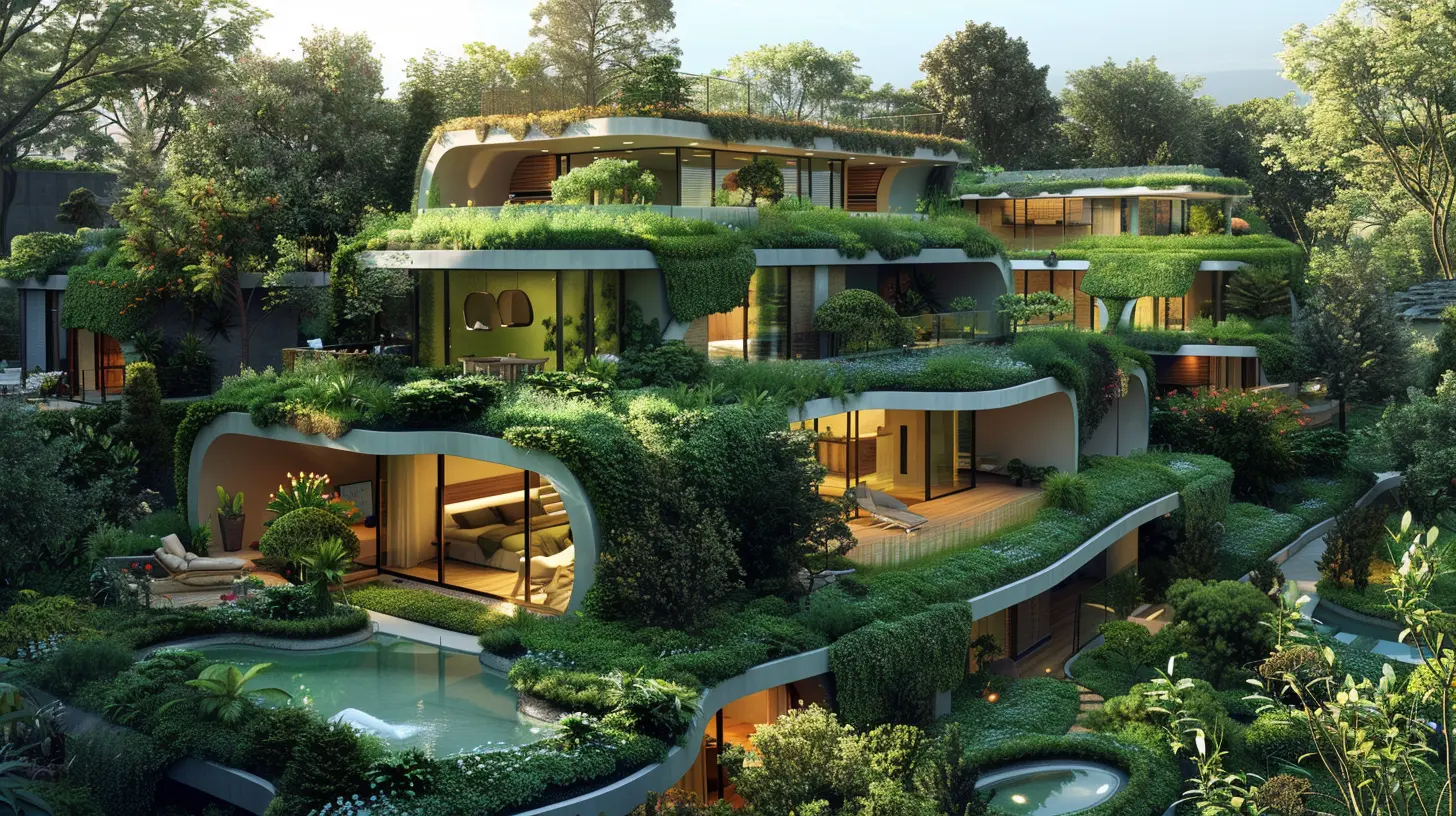
The Future of Smart and Green Living
The integration of smart homes with sustainability isn’t just a passing trend—it’s the future of real estate. Eco-friendly smart homes are in high demand, and they offer a range of benefits, including:- Higher property value – Homes with smart and green features often sell for more.
- Lower utility costs – Efficiency reduces electricity, gas, and water bills.
- Increased comfort – Automation ensures an optimized living experience.
- Environmental impact – Living sustainably means contributing to a healthier planet.
How to Get Started With a Smart, Green Home
Ready to make your home smarter and greener? Here’s how to start:1. Perform an Energy Audit
Find out where your home wastes energy. Many utility companies offer free energy audits, helping you identify areas for improvement.2. Upgrade to Smart Devices
Start small—replace traditional thermostats, lights, or outlets with smart alternatives to start seeing the benefits of automation.3. Invest in Renewable Energy
Consider installing solar panels or exploring wind and geothermal energy solutions to reduce your dependence on fossil fuels.4. Choose Energy-Efficient Appliances
Look for ENERGY STAR-certified appliances, which are designed to use less power while delivering top-tier performance.5. Automate Your Home
Explore home automation platforms like Google Home, Amazon Alexa, or Apple HomeKit to centralize control of your devices for seamless, energy-efficient living.6. Monitor and Adjust
Use smart energy monitors like Sense Energy Monitor to track real-time power consumption and make data-driven decisions about reducing waste.
Final Thoughts
The intersection of smart technology and green living is more than just a trend—it’s a movement towards a healthier, cost-effective, and eco-friendly future. By embracing smart innovations, you’re not just making your life more convenient; you’re actively contributing to a sustainable world.So, why wait? Take that first step today. A smarter, greener home isn't just possible—it’s the future.
all images in this post were generated using AI tools
Category:
Sustainable HousingAuthor:

Cynthia Wilkins
Discussion
rate this article
1 comments
Rina Kirkland
Great insights! Excited to see how technology enhances sustainable living.
October 22, 2025 at 12:41 PM

Cynthia Wilkins
Thank you! I share your excitement about the potential of technology to promote sustainability.
